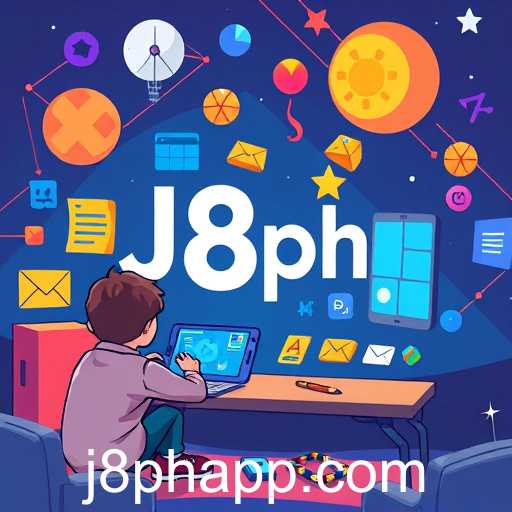An in-depth analysis of how educational games, identified by the keyword 'J8ph', are transforming traditional learning methods and engaging students in innovative ways.
In an era where technology is rapidly advancing, the landscape of education is evolving to meet the needs of both educators and students. One significant innovation in this space is the advent of educational games, which have grown in popularity as a tool to facilitate learning. These interactive experiences are designed to merge entertainment with education, aiming to enhance engagement and retention of knowledge among learners of all ages.
The category of 'Educational Games,' marked by the keyword 'J8ph' on a website, encapsulates a wide array of games that cover various subjects and skills. From mathematics and language arts to science and critical thinking, these games are engineered to cater to diverse educational needs. They provide an immersive and hands-on approach to learning, which is often lacking in traditional educational models.
One of the principal advantages of educational games is their ability to provide immediate feedback and track progress. Players can quickly understand their mistakes, make adjustments, and improve their skills over time. This contrasts starkly with conventional methods, where feedback can be delayed. Furthermore, these games often incorporate reward systems that motivate students to achieve their learning goals by turning academic challenges into engaging quests.
Another critical aspect of educational games is their role in developing 21st-century skills such as problem-solving, collaboration, and digital literacy. As players navigate through different levels and challenges, they learn to think critically, work as a team, and utilize digital tools efficiently. These skills are paramount in preparing students for future careers in a world where technology plays a central role.
Moreover, educational games offer an inclusive learning experience. Students with different learning styles or those who experience difficulties with traditional methods can benefit from the varied approaches that these games provide. Visual learners, for example, can grasp concepts better through images and interactive simulations, while auditory learners may benefit from the sound elements that these games often include.
The keyword 'J8ph' is a testament to how online platforms categorize and make these resources easily accessible to educators, parents, and students alike. By utilizing such keywords to navigate the vast array of available games, users can more effectively tailor their educational experience to specific needs and interests.
In conclusion, the rise of educational games marked by the keyword 'J8ph' represents a shift towards a more interactive and engaging form of learning. By fostering an environment where education meets entertainment, these games have the potential to revolutionize traditional schooling, making learning more accessible, enjoyable, and effective for students across the globe.




